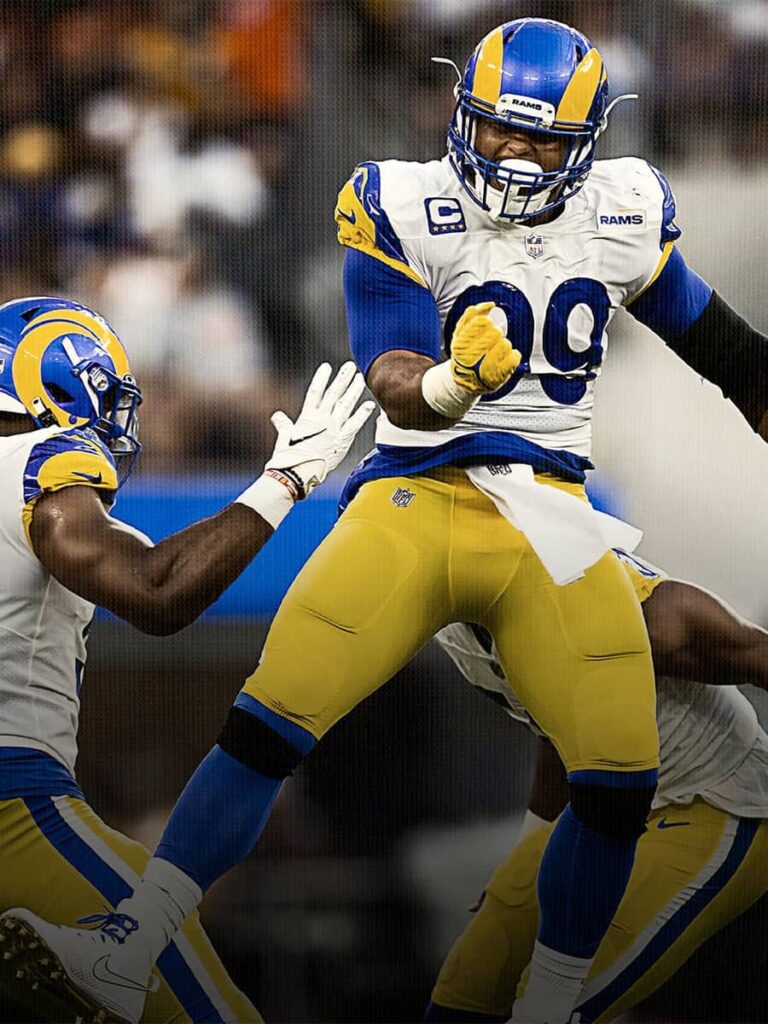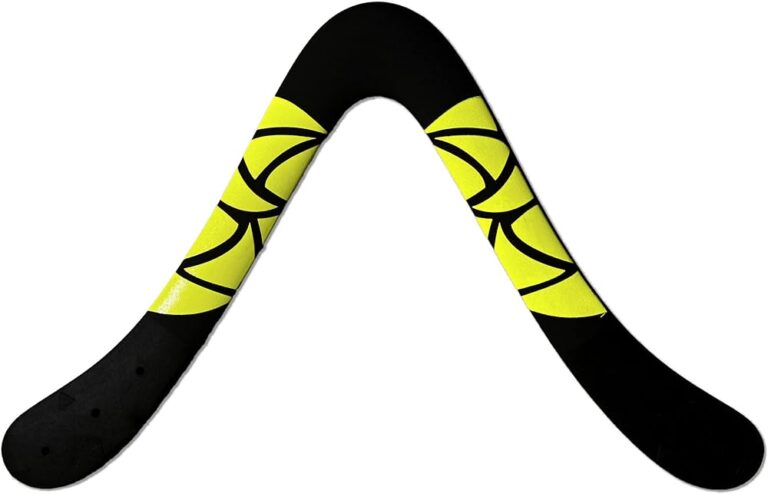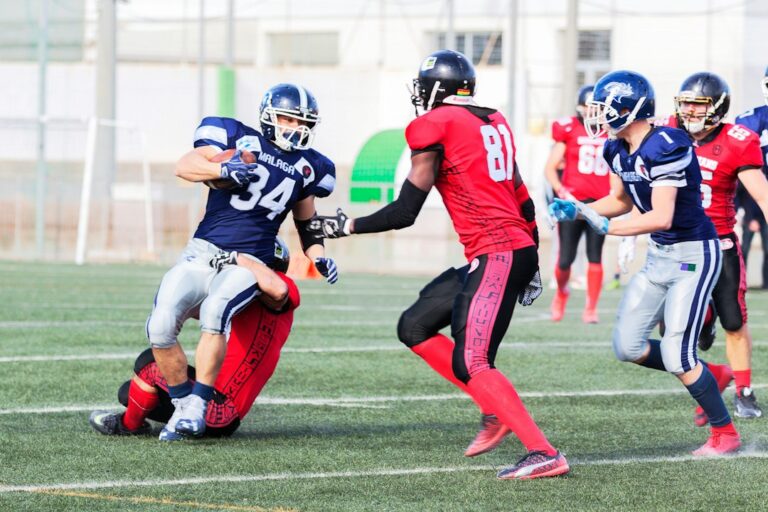Stick sports refer to a category of sports that involve the use of sticks as an essential tool or equipment. These sticks play a crucial role in the gameplay, providing players with the ability to control and manipulate the ball or object of the sport. From ancient times to modern day, stick sports have been a part of human culture and have evolved significantly over time.
The importance of sticks in sports cannot be overstated. They serve as an extension of the player’s body, allowing them to reach, strike, and control the ball with precision and power. Sticks provide players with an advantage in terms of reach, leverage, and control, making them an essential tool in many sports.
The history of stick sports dates back thousands of years. Ancient civilizations such as the Egyptians, Greeks, and Native Americans all had their own versions of stick sports. These early stick sports were often played for religious or ceremonial purposes and served as a form of entertainment and competition.
The Evolution of Stick Sports: From Ancient Times to Modern Day
Ancient stick sports were diverse and varied across different cultures. In ancient Egypt, a game called “senet” was played using sticks as markers on a board. In ancient Greece, a game called “episkyros” was played using a small ball and two teams trying to get the ball into the opponent’s goal using sticks.
As civilizations developed and societies became more organized, stick sports evolved into more structured and organized games. The development of modern stick sports can be traced back to medieval Europe, where games such as hockey and lacrosse began to take shape.
Hockey, as we know it today, has its roots in various forms of stick and ball games played in Europe during the Middle Ages. These games were often played on frozen lakes or fields using wooden sticks and balls made from animal bladders or leather. Over time, hockey evolved into a more organized sport with standardized rules and equipment.
Lacrosse, on the other hand, originated in North America and was played by Native American tribes long before European settlers arrived. The game was played using wooden sticks with netted heads and a small ball made from deerskin. Lacrosse has since become a popular sport in both the United States and Canada, with professional leagues and international competitions.
The Different Types of Sticks Used in Sports: A Comprehensive Guide
Different sports require different types of sticks, each designed to meet the specific needs of the game. Here are some examples of the types of sticks used in various sports:
1. Hockey Sticks: Hockey sticks are typically made from wood, fiberglass, carbon fiber, or a combination of these materials. They have a curved blade at one end for striking the puck. The length and flex of the stick can vary depending on the player’s position and personal preference.
2. Lacrosse Sticks: Lacrosse sticks consist of a long handle with a netted head at one end. The head is used to catch, carry, and pass the ball. Lacrosse sticks can be made from wood, aluminum, or composite materials.
3. Golf Clubs: Golf clubs are essentially specialized sticks used to hit golf balls. They come in various types, including drivers, irons, wedges, and putters. Golf clubs are typically made from steel or graphite shafts with clubheads made from materials such as stainless steel or titanium.
4. Cricket Bats: Cricket bats are used to hit the ball in the game of cricket. They are typically made from willow wood and have a flat front face and a curved back face. The size and weight of cricket bats can vary depending on the player’s preference.
The materials used in stick manufacturing have evolved over time to improve performance and durability. Wood was traditionally used for making sticks but has been largely replaced by more advanced materials such as fiberglass, carbon fiber, and composite materials. These materials offer advantages such as increased strength, flexibility, and lighter weight.
Each type of stick has its own advantages and disadvantages. Wooden sticks, for example, are often more affordable but may be heavier and less durable compared to sticks made from composite materials. Carbon fiber sticks, on the other hand, offer excellent strength and lightweight properties but can be more expensive.
The Art of Choosing the Right Stick: Factors to Consider
| Factors to Consider | Description |
|---|---|
| Playing Style | Determine if you are a power player or a finesse player. |
| Stick Length | Choose a stick length that is comfortable for your height and playing style. |
| Flexibility | Consider the flex of the stick based on your strength and playing style. |
| Blade Curve | Choose a blade curve that suits your playing style and position. |
| Material | Decide on the material of the stick based on your budget and preferences. |
| Grip | Choose a grip that provides the right amount of traction for your playing style. |
Choosing the right stick is crucial for any player, as it can greatly impact their performance on the field or court. Several factors should be considered when selecting a stick:
1. Player Position and Skill Level: Different positions in a sport may require different types of sticks. For example, in hockey, forwards may prefer sticks with a lower flex for better control and accuracy, while defensemen may prefer stiffer sticks for more power in their shots. Additionally, beginners may benefit from using sticks that are more forgiving and easier to handle.
2. Stick Length and Weight: The length and weight of a stick can affect a player’s reach, maneuverability, and shot power. Longer sticks provide greater reach but may sacrifice maneuverability, while shorter sticks offer better control but may limit reach. Similarly, lighter sticks allow for quicker movements but may sacrifice power.
3. Flexibility and Stiffness: The flex of a stick refers to its ability to bend when force is applied. A stick with a higher flex offers more power in shots but may sacrifice accuracy, while a stick with a lower flex provides better control and accuracy but may sacrifice power. Stiffness is also important for stability and durability.
4. Grip and Handle: The grip and handle of a stick can greatly impact comfort and control. Some players prefer a textured grip for better traction, while others prefer a smoother grip for better feel. The shape and size of the handle can also vary, with some players preferring a thicker handle for better grip strength.
Stick Sports for Beginners: Which One to Choose?
For beginners looking to get started in stick sports, there are several beginner-friendly options to consider. These sports offer a relatively low learning curve and provide a fun and engaging introduction to stick sports:
1. Field Hockey: Field hockey is a popular stick sport that can be played on grass or artificial turf. It is a team sport that involves two teams trying to score goals by hitting a small ball into the opponent’s net using sticks. Field hockey sticks are typically lightweight and have a curved blade for better control.
2. Floorball: Floorball is a fast-paced indoor stick sport that is similar to ice hockey but played on a hard surface with a plastic ball. It is a non-contact sport that can be played by people of all ages and skill levels. Floorball sticks are lightweight and have a straight blade for better ball control.
3. Mini Golf: Mini golf, also known as miniature golf or putt-putt, is a recreational stick sport that involves putting a golf ball into a series of holes using a putter. It is a fun and family-friendly sport that can be played indoors or outdoors. Mini golf putters are typically shorter and lighter than regular golf clubs.
For beginners, it is important to start with the basics and gradually progress as skills improve. Taking lessons or joining beginner leagues can also help in learning the fundamentals of the sport and developing proper techniques.
Proper training and safety measures should also be emphasized for beginners to prevent injuries and ensure an enjoyable experience. This includes wearing appropriate protective gear, such as helmets, pads, and gloves, as well as learning proper techniques for handling the stick and interacting with other players.
The Role of Sticks in Popular Sports: Hockey, Lacrosse, and More

Sticks play a crucial role in many popular sports, enhancing gameplay and allowing players to showcase their skills. Here are some examples of popular sports where sticks are an integral part:
1. Hockey: Hockey is a fast-paced sport that involves two teams trying to score goals by hitting a puck into the opponent’s net using sticks. Sticks in hockey are used for shooting, passing, and stickhandling. The design and materials used in hockey sticks have evolved over time to improve performance, with modern sticks offering better control, power, and durability.
2. Lacrosse: Lacrosse is a team sport that involves two teams trying to score goals by shooting a small rubber ball into the opponent’s net using lacrosse sticks. Sticks in lacrosse are used for catching, carrying, passing, and shooting the ball. The design of lacrosse sticks has evolved to provide better control, accuracy, and durability.
3. Golf: Golf is a precision sport that involves hitting a small ball into a series of holes using various clubs, including drivers, irons, wedges, and putters. Golf clubs are essentially specialized sticks designed for different types of shots. The design and materials used in golf clubs have evolved to provide better distance, accuracy, and feel.
In these sports, sticks not only serve as tools for manipulating the ball but also play a significant role in the strategy and tactics of the game. The type of stick used can greatly impact a player’s ability to control the ball, generate power, and execute specific techniques.
Famous players in these sports often have their preferred sticks that they believe give them an edge on the field or course. These players may have custom-designed sticks tailored to their specific preferences and playing style.
The Science of Stick Design: How Technology is Changing the Game
Advancements in technology have greatly influenced the design and performance of sticks in sports. From materials to manufacturing processes, technology has played a significant role in improving stick performance and durability.
One of the key advancements in stick technology is the use of composite materials such as fiberglass, carbon fiber, and Kevlar. These materials offer superior strength, flexibility, and lightweight properties compared to traditional materials like wood. Composite sticks are now widely used in sports such as hockey and lacrosse, providing players with better control, power, and durability.
Manufacturing processes have also improved, allowing for more precise and consistent stick construction. Computer-aided design (CAD) and computer numerical control (CNC) machines have made it possible to create sticks with complex shapes and designs that optimize performance. This level of precision was not possible with traditional handcrafted methods.
The impact of technology on stick performance can be seen in various aspects. For example, the use of composite materials has allowed for the development of sticks with specific flex profiles that optimize power transfer and accuracy. The lightweight properties of these materials also allow for quicker stickhandling and improved maneuverability.
In addition to material advancements, technology has also influenced stick design through innovations such as blade patterns, grip technologies, and shaft geometries. These advancements aim to improve control, feel, and overall performance.
The future of stick design and innovation is promising, with ongoing research and development focused on further improving performance and durability. Advancements in materials science, manufacturing processes, and data analytics are expected to drive further improvements in stick technology.
The Importance of Proper Stick Maintenance: Tips and Tricks
Proper care and maintenance of sticks are essential for maximizing their lifespan and performance. Here are some tips and tricks for maintaining sticks:
1. Clean the Stick: Regularly clean the stick to remove dirt, debris, and moisture that can affect its performance. Use a damp cloth or sponge to wipe down the stick after each use. Avoid using harsh chemicals or abrasive materials that can damage the stick’s surface.
2. Protect the Blade: The blade of a stick is particularly vulnerable to damage. Use blade covers or tape to protect the blade from scratches and chips. Replace tape regularly to maintain grip and control.
3. Store Properly: When not in use, store the stick in a cool, dry place away from direct sunlight. Avoid storing the stick in extreme temperatures or humid environments, as this can cause warping or damage to the materials.
4. Check for Damage: Regularly inspect the stick for any signs of damage, such as cracks, splinters, or loose parts. Repair or replace damaged sticks to prevent further damage and ensure safety.
5. Adjust Grip: Over time, the grip on a stick may wear out or become slippery. Replace worn-out grips or add grip tape to improve control and feel.
Common stick problems include blade delamination, shaft cracks, and loose or broken parts. These issues can often be repaired using specialized adhesives or by replacing damaged components. It is important to address these problems promptly to prevent further damage and ensure optimal performance.
Proper maintenance not only extends the lifespan of sticks but also ensures consistent performance and safety on the field or court.
The Future of Stick Sports: What’s Next?
Stick sports have come a long way from their ancient origins, and their future looks promising. As technology continues to advance, new stick sports are emerging, and existing sports are evolving.
One emerging stick sport is pickleball, which combines elements of tennis, badminton, and table tennis. It is played with a paddle (a type of stick) and a plastic ball on a smaller court. Pickleball has gained popularity in recent years due to its accessibility and ease of learning.
Another emerging stick sport is crossnet, which is a combination of volleyball and four square. It is played with a net that divides the court into four quadrants, and players use a paddle (a type of stick) to hit the ball over the net. Crossnet is gaining popularity as a recreational and competitive sport, particularly among younger players.
The potential for growth and popularity of stick sports is significant. As more people discover the joy and excitement of stick sports, the demand for equipment and facilities will likely increase. This presents opportunities for manufacturers, retailers, and sports organizations to cater to this growing market.
Technology and innovation will continue to play a crucial role in the future of stick sports. Advancements in materials, manufacturing processes, and data analytics will drive further improvements in stick performance, durability, and customization. This will allow players to optimize their performance and enhance their overall experience in stick sports.
Embracing the Diversity of Stick Sports
In conclusion, stick sports have a rich history that spans across different cultures and time periods. From ancient times to modern day, sticks have played a crucial role in enhancing gameplay and allowing players to showcase their skills.
The diversity of stick sports is vast, with each sport having its own unique characteristics and requirements. Whether it’s hockey, lacrosse, golf, or any other stick sport, the choice of stick can greatly impact a player’s performance and enjoyment of the game.
As technology continues to advance, the future of stick sports looks promising. New sports are emerging, existing sports are evolving, and advancements in materials and manufacturing processes are driving further improvements in stick performance.
Embracing the diversity of stick sports allows us to appreciate the evolution of these games and the role that sticks play in enhancing our experience as players and spectators. So whether you’re playing hockey, lacrosse, cricket, or golf, the stick becomes an extension of our body, enabling us to control the ball or puck with precision and finesse. It is through the stick that we can execute powerful shots, accurate passes, and delicate touches, showcasing our skill and athleticism. Moreover, sticks have evolved over time, with advancements in materials and design enhancing their performance and durability. From wooden sticks to composite ones, from traditional shapes to innovative curves and grips, each sport has its own unique stick characteristics that contribute to the game’s dynamics and strategies. As spectators, we can marvel at the artistry and technique displayed by athletes as they manipulate their sticks to achieve remarkable feats on the field or rink. The diversity of stick sports not only enriches our sporting experiences but also highlights the ingenuity and adaptability of human beings in creating tools that enhance our abilities and push the boundaries of what is possible in sports.
If you’re interested in stick sports and want to explore other exciting activities, check out this article on the best sports to do at uni. It provides a comprehensive list of sports that are not only fun but also great for staying active and socializing with fellow students. Whether you’re a beginner or an experienced athlete, there’s something for everyone. So, grab your sticks and dive into the world of university sports! (source)
How Can Knowing the Different Types of Sticks Help Prevent Stick Sports Injuries?
Understanding the various types of sticks used in sports can help players choose the right one for their specific game, minimizing strain and potential injuries. Proper equipment reduces risks, but accidents can still occur. In such cases, knowing “what to do after stick sports injury” ensures faster recovery and prevents further damage.
Which Types of Sticks Are Best for Beginners in Stick Sports?
For newcomers exploring stick sports, it’s crucial to choose equipment designed for ease and comfort. Lightweight and well-balanced options are ideal to build confidence and refine skills. Hockey, lacrosse, and floorball offer excellent beginnerfriendly stick sports to try, providing accessible entry points and fostering a love for active and engaging gameplay.





